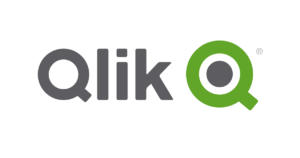The Advantages of Using QLIK for Your Business
Qlik is a renowned data analytics and visualization platform that empowers businesses to make data-driven decisions. With its robust features and capabilities, Qlik offers several advantages to organizations seeking to leverage their data effectively. In particular, when it comes to integrating with Snowflake, a leading cloud-based data warehousing solution, Qlik provides seamless connectivity and powerful analytics capabilities. Additionally, understanding Qlik’s competitors can help organizations make informed decisions about their data analytics and visualization needs.

Advantages of Qlik:
1. Powerful Data Analytics: It provides a comprehensive suite of analytics tools that enable users to explore, analyze, and visualize data intuitively. Its associative data model allows for dynamic data exploration, enabling users to uncover insights and relationships across multiple data sources. With interactive dashboards, drag-and-drop visualizations, and advanced analytics features, Qlik empowers business users to gain valuable insights and make informed decisions.
2. Data Connectivity and Integration: The platform offers extensive connectivity options to various data sources, including databases, cloud platforms, and enterprise applications. It supports both structured and unstructured data, allowing organizations to integrate and analyze diverse data sets. Qlik’s data integration capabilities enable users to extract data from multiple sources, transform and cleanse it, and load it into Snowflake for further analysis.
3. Seamless Integration with Snowflake: Qlik integrates seamlessly with Snowflake, enabling organizations to leverage the power of Snowflake’s cloud data warehousing. The connectors and native integration with Snowflake simplify the process of accessing and analyzing data stored in Snowflake. Users can easily create live connections to Snowflake, ensuring real-time access to the most up-to-date data for analytics and reporting.
4. Scalability and Performance: Qlik’s associative engine and in-memory processing architecture deliver exceptional performance, allowing users to analyze vast amounts of data quickly. It leverages Snowflake’s scalability and elasticity to handle large datasets efficiently. As Snowflake automatically scales compute resources, users can perform complex analyses without compromising performance.
5. Collaboration and Self-Service Analytics: It promotes a collaborative and self-service analytics culture within organizations. It provides a user-friendly interface that enables business users to create personalized dashboards, visualizations, and reports without relying on IT or data specialists. Qlik’s associative model allows users to explore data freely, fostering data discovery and empowering users to find insights independently.
Integration with Snowflake:
Qlik integrates seamlessly with Snowflake, creating a powerful combination for data analytics and visualization. Some key aspects of Qlik’s integration with Snowflake include:
1. Real-Time Data Access: Qlik enables users to establish live connections to Snowflake, ensuring real-time access to data stored in Snowflake’s cloud data warehouse. This allows organizations to analyze and visualize the most up-to-date data for accurate and timely decision-making.
2. Federated Query Optimization: Qlik’s integration with Snowflake leverages Snowflake’s federated query optimization capabilities. Users can easily combine and analyze data from Snowflake with other data sources, enabling comprehensive and integrated analytics across the entire data landscape.
3. Secure Data Sharing: Qlik integrates with Snowflake’s secure data sharing capabilities, allowing organizations to securely share governed data and analytics insights with external partners, customers, or other stakeholders.
Competitors:
While Qlik is a robust data analytics and visualization platform, there are other notable competitors in the market. Some key competitors of Qlik include:
1. Tableau: Tableau is a leading data visualization platform known for its user-friendly interface and extensive visualization options. It provides powerful analytics capabilities and seamless integration with Snowflake, enabling organizations to analyze and visualize data stored in Snowflake using Tableau’s intuitive interface.
2. Power BI: Power BI, developed by Microsoft, is a popular data analytics and visualization tool. It offers advanced analytics features, robust visualization options, and tight integration with other Microsoft products. Power BI integrates with Snowflake, enabling users to connect, analyze, and visualize Snowflake data effortlessly.
3. Looker: Looker, now part of Google Cloud, is a data platform that combines data exploration, modeling, and visualization capabilities. It offers a modern and collaborative interface for data analytics and integrates with Snowflake, allowing users to access and analyze Snowflake data within the Looker platform.
When evaluating Qlik and its competitors, organizations should consider factors such as ease of use, scalability, data connectivity options, analytics capabilities, and overall fit with their specific business requirements. Conducting a thorough evaluation and understanding the unique strengths and differentiators of each platform can help organizations make an informed decision that aligns with their data analytics and visualization goals. If you’re on a data journey including data warehouse, dashboards and metrics, reach out to us or you can visit Qlik’s official website.
